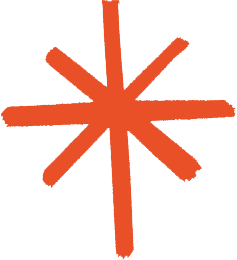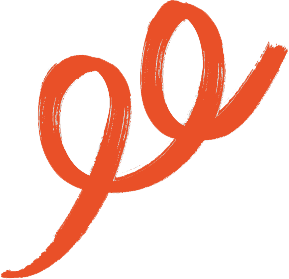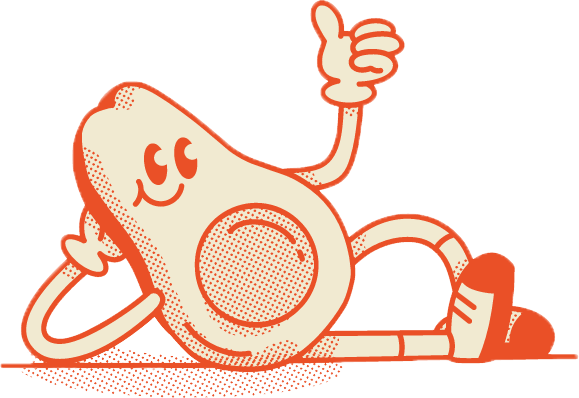
Beyond The Imaginary
BWLand
2023 - Present
Overview
BWLand is a browser-based metaverse that can be accessed on any desktop or mobile browser. The concept was conceived to address a gap in the market by creating a metaverse specifically designed for easy mobile access. In BWLand, users can immerse themselves in a variety of scenes, customize their avatars, and enjoy engaging mini-games.
-
1 UI/UX Designer • 1 3D Designer • 3 Software Engineers • 1 3D Animator
-
Research • Wireframe • Product Design • UI • Prototype • Usability Testing
-
Notion • Figma • Google Forms • Focus Groups • Mobile Research
The Opportunity
After conducting 10 Pixel Parties in Decentraland, we have uncovered notable usability challenges within their platform. Further investigation unveiled user concerns including unreliable connections, limited to desktop use, and recurring server problems. These findings underscore a growing demand in the market for blockchain-based metaverses that emphasize cross-device compatibility.
The Challenge
While cryptocurrency prices are currently declining, users in the web3 space are encountering a struggle with trusting new brands venturing into this space. These individuals often weigh carefully the user-friendliness and functionalities offered by metaverse platforms.
I began my investigation by examining various metaverse platforms to assess their compatibility with mobile devices. My findings revealed that many of these platforms are constructed on blockchain technology, incorporating NFTs and cryptocurrency, while others function as interactive virtual environments without additional unique functionalities.
Findings:
There are many metaverses available, leading to numerous choices that can potentially overwhelm users and cause decision paralysis.
Metaverses operating on the blockchain are prevalent in the market and boast a substantial user base.
The ability to customize and the stability of the network inspire confidence in users when choosing which metaverse to explore.
Market research
Research
User Research
I conducted user research by collecting feedback from participants after each Pixel Party that we’ve hosted in Decentraland. The goal was to delve into their pain points and explore ways to develop our metaverse solution addressing these issues. Additionally, I considered the features pivotal in shaping their choice of metaverses.
Findings:
86% of participants expressed a preference for a platform that offered a stable and seamless user experience.
79% of participants expressed their interest in having the ability to access the metaverse while on-the-go.
40% of participants indicated their interest in metaverses that are blockchain-based or have the capability to interact with the blockchain for the purpose of acquiring digital assets.
How can we design a metaverse that is easily accessible to users of all kinds?
Features
The next phase involved conceptualizing the product’s components.
Utilizing user stories derived from the focus group results, I prioritized them using the MoSCow prioritization approach.
Phase 1: I prioritized the 'Must-Haves' and 'Should-Haves' user stories. The 'Must-Haves' concentrated on providing cross-device compatibility use, while the 'Should-Haves' revolved around features that could improve the user experience.
Phase 2: This would focus on the 'Could-Haves' meant for exploration in a subsequent product development phase. It would cover extra features that piqued the interest of users during the research, going beyond the user experience. Opportunities such as branded events/collaborations, simplicity of minting NFTs, and enhancing community engagement by providing a platform for users to connect and share their experiences.
Based on the 'Must-Haves' and 'Should-Haves' user stories, I have translated them into detailed features and content for BWLand, outlining the user flow. Drawing inspiration from digital wallet apps like Web3Auth and Coinbase, I integrated essential features and content to enhance user experience and streamline the app functionality.
Sitemap
Finally, a sitemap was created with a structure comprising 7 features: Blockchain Integration, Avatar Customizations, Chatbox, Emotes, Mini-Games, Screenshot and Mute.
Design Principles &
Design System
Once the features were defined, the next step involved mapping out the app's visual presentation.
The main goal was to guarantee the product's usability and functionality.
The design drew inspiration from Bondee's clean design, featuring a trusted and easy-to-navigate interface. It also incorporated playful elements to create a welcoming and friendly look and feel.
In alignment with Bandwagon's vision, we opted to name the metaverse BWLand (short for Bandwagon Land). BWLand functions as a platform where clients and users can craft unique experiences, enjoy various mini-games, and personalize their avatars to reflect their preferences.
User App Experience
Drawing from my site map, structured into six sections, and utilizing my design systems, I developed high-fidelity designs in Figma. To quickly visualize and iterate the app's look and flow, I first sketched low-fidelity designs on paper. Please feel free to request these initial designs if needed.
1. Onboarding: Users have the option to effortlessly connect their current wallets, log in using their existing Google account, or enter as a guest with a single click.
2. Action: Users have the option to personalize their avatars using a diverse range of wearables and features by effortlessly accessing the avatar editor within their profile.
3. Action: To enhance engagement and inject vibrancy into avatars, users have the option to choose an emote (action) for their avatar to execute.
4. Screenshot: Users have the ability to capture and immortalize moments by effortlessly tapping the camera icon. When accessed from a desktop, the image will be saved to the local drive. For mobile users, the option to share instantly with friends or on various platforms, as well as to download the image, is available.
5. Mute: Users have the ability to mute or unmute their session.
Prototype
Measurement
In the concluding phase of my project, I established criteria to gauge the extent to which BWLand has effectively delivered a smooth user experience. The main measure of success is determined by the features and customizations, with metaverse usage efficiency serving as the secondary metric of success.
Before beginning the launch of the metaverse, a usability test was conducted involving a diverse group of users with varying levels of familiarity with web3. The goal was to collect feedback on the prototype and identify any significant areas for improvement.
User App Experience
1. Time spent in the metaverse:
Satisfactory
Users reported that the site was stable, with no disconnections or errors. However, there were instances where some users noticed their mobile devices becoming warm after spending a considerable amount of time on BWLand.
2. Information in the metaverse:
Satisfactory
There was adequate guidance available for users interested in signing in or creating an account via MetaMask or a social login. Enhancing the user experience was the incorporation of animated icons and arrows in the instructions, minimally disruptive as they only appeared during the user's first visit to BWLand.
Users commended the clarity of information provided, highlighting the common ambiguity in addressing this step within other metaverses.
3. Metaverse experience:
Easy to navigate
Users generally rated their experience as 9 out of 10. The brief tutorial was found to be helpful in navigating by many users. Additionally, users appreciated the platform's versatility in being accessible on any device with internet connectivity.
4. Features, customizations & design:
Cozy & Inviting
Users enjoyed the engaging features and useful customizations. The design evoked a cozy and inviting atmosphere, encouraging users to prolong their stay and delve deeper into the experience.
Takeaways
To cater to both novices and experienced users in Web3, it is essential to lower the barrier to entry. Implementing multiple login options like Google, MetaMask, or Guest can streamline the onboarding process and ensure a seamless user experience for all.
The focus moving ahead should center around elevating the platform's features, functionality, and gamification to enrich the user experience and elevate onsite engagement. The improvement initiative needs to address any usability test findings. Prioritizing platform advancements according to user input is essential for aligning the metaverse with evolving user needs.
Let’s Connect
amanda.tn@gmail.com

































